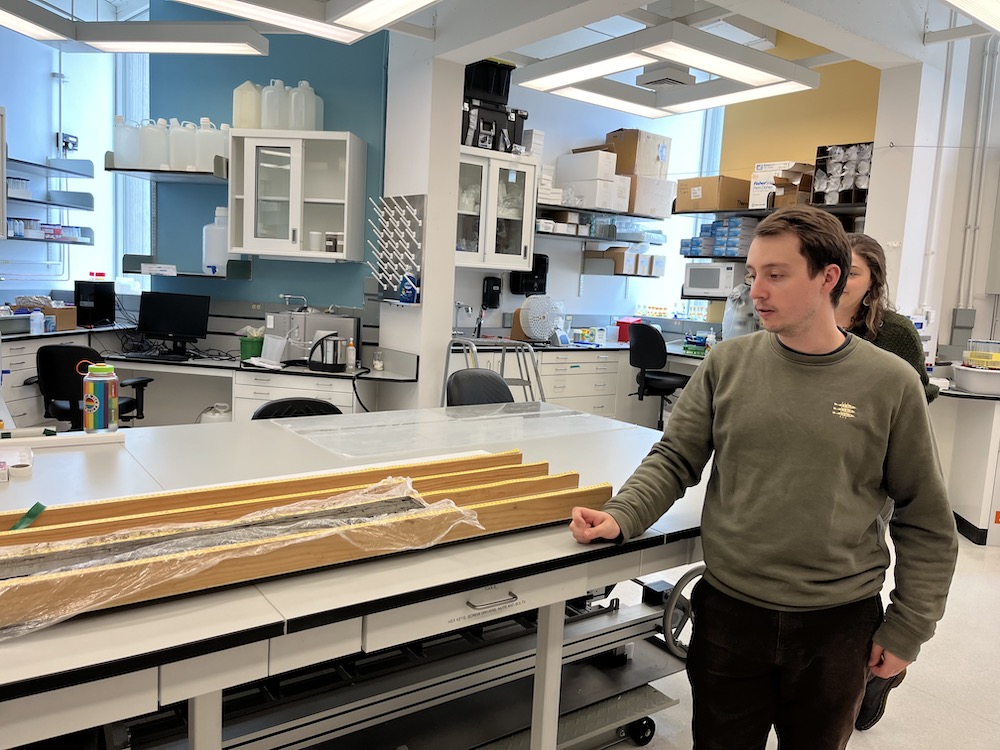Francesco Fiondella, Planet Forward board member and head of communications at the Earth Institute at Columbia University, visited Kenya to learn how the community makes climate resilient choices.
Climate challenges in Garissa, Kenya in 60 seconds
Francesco Fiondella, Planet Forward board member and head of communications for the International Research Institute for Climate and Society at the Earth Institute at Columbia University, visited Garissa County in Kenya to meet with community members and learn how they make climate resilient choices to be prepared for and mitigate the impact of weather extremes.
Garissa is about 6 hours’ drive heading northeast from Nairobi, toward Somalia. The region is relatively low-lying and semi-arid. Farming and pastoralism are the main ways people eke out a living here, and it’s tough going when average yearly rainfall is 17 inches. Worse, the rainfall is highly variable and unreliable, even during the two rainy seasons– called the ‘short rains’ (September to December) and the ‘long rains’ (March to May). Sometimes communities get hit with crop-withering droughts, and sometimes, as I learned from my two-day visit to Nanighi in March, unexpected, fast-acting floods cause the most damage.
Nanighi borders the brown, crocodile-ridden Tana River. The farmers here all use irrigation to grow their vegetable and other crops. When the Tana floods without warning, irrigation pumps get washed away, leaving families with limited or no means to keep their crops growing through the season. The pumps are expensive to buy and operate—often, multiple families chip in to purchase the machines and fuel needed to keep them running. During El Niño, the risk of flooding increases.
I visited Nanighi to hear from community members about how the 2015 El Niño and past episodes impacted their rural life, and to understand how they incorporate information based on climate forecasts to make or change their farming decisions.
These testimonies are important because over the next few years IRI will be working with Kenya’s Meteorological Department to build high-quality data sets and tools that will improve the quality of climate and weather forecasts and other types of information it generates for the country. We’ve also partnered with CARE Kenya to improve the ways in which this critical information gets disseminated to places like Nanighi and try to evaluate how it can make them climate resilient.



















